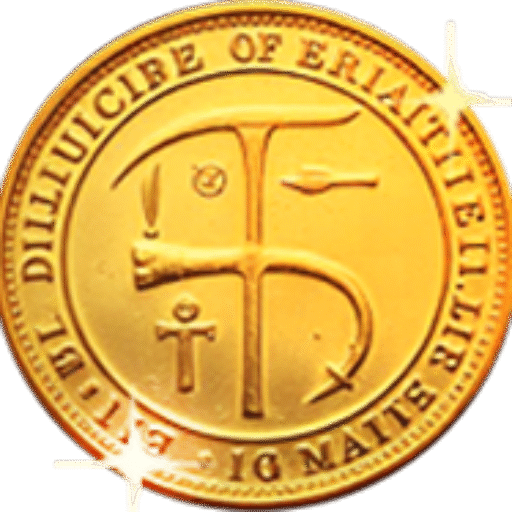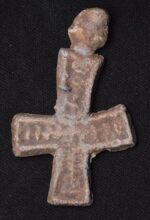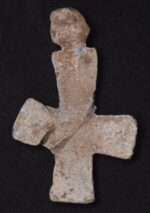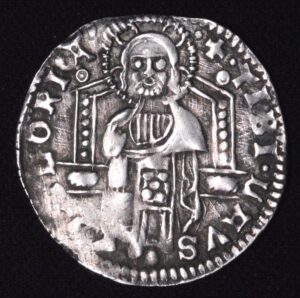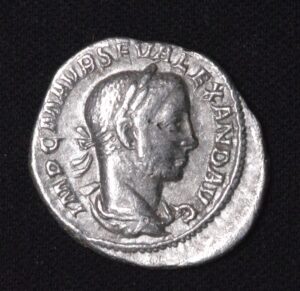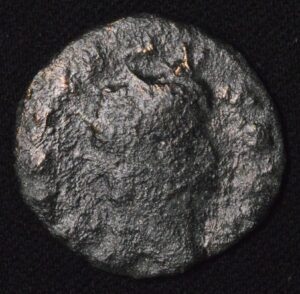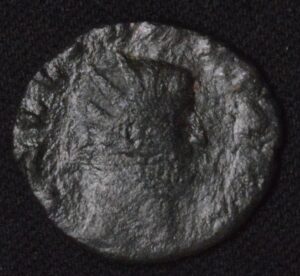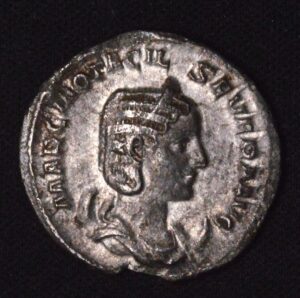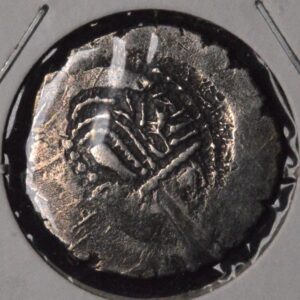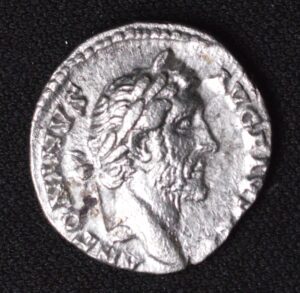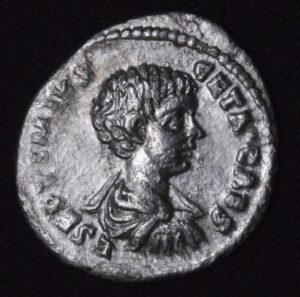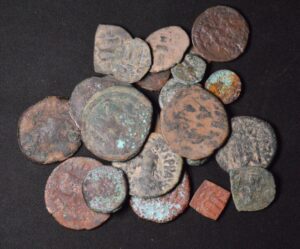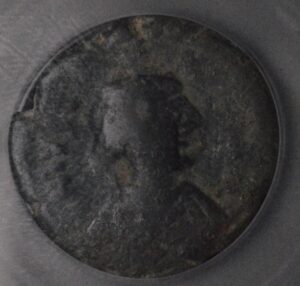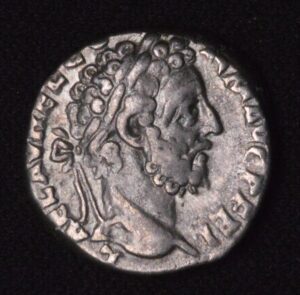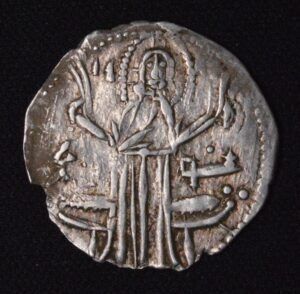Description
A Byzantine cross is an exceptionally ancient and rare symbol, integral to the art, religion, and imperial identity of the Byzantine Empire from the 4th to 15th centuries. Unlike later Orthodox crosses with three horizontal bars, the classic Byzantine cross generally features a single horizontal beam, sometimes flared or decorated, often placed within a square or circle and frequently bearing Greek inscriptions like “IC XC” (“Jesus Christ”) and “NIKA” (“He conquers”)—signifying Christ’s triumph and the fusion of faith and imperial power.
Originating in the time of Emperor Constantine the Great, the cross’s design became a visible declaration of both Christian faith and Byzantine authority. The cross could be found on imperial coinage, in the grand mosaics and architecture of cathedrals like Hagia Sophia, and used as a key motif in military processions and ceremonies. It was not just a religious emblem, but also a political one, symbolizing both Christ’s spiritual victory and the emperor’s earthly mandate. This explains its prominence in processional crosses, reliquaries, and ecclesiastical regalia from the Byzantine era.
Very ancient examples of Byzantine crosses—such as those found in bronze, silver, or gold, whether worn as pendants or crafted for churches—are rare and highly collectible. They are significant not just for their age, but for their role in both Christian theology and the art of the early medieval Mediterranean world. Each cross serves as a tangible link to a period that shaped Christianity’s global symbols and had immense cultural influence.
In summary, a Byzantine cross is a very ancient and rare Christian artifact representing centuries of spiritual, artistic, and imperial heritage, and stands out as a meaningful centerpiece for collectors of historic and religious treasures.
A Byzantine cross is an exceptionally ancient and rare symbol, integral to the art, religion, and imperial identity of the Byzantine Empire from the 4th to 15th centuries. Unlike later Orthodox crosses with three horizontal bars, the classic Byzantine cross generally features a single horizontal beam, sometimes flared or decorated, often placed within a square or circle and frequently bearing Greek inscriptions like “IC XC” (“Jesus Christ”) and “NIKA” (“He conquers”)—signifying Christ’s triumph and the fusion of faith and imperial power.
Originating in the time of Emperor Constantine the Great, the cross’s design became a visible declaration of both Christian faith and Byzantine authority. The cross could be found on imperial coinage, in the grand mosaics and architecture of cathedrals like Hagia Sophia, and used as a key motif in military processions and ceremonies. It was not just a religious emblem, but also a political one, symbolizing both Christ’s spiritual victory and the emperor’s earthly mandate. This explains its prominence in processional crosses, reliquaries, and ecclesiastical regalia from the Byzantine era.
Very ancient examples of Byzantine crosses—such as those found in bronze, silver, or gold, whether worn as pendants or crafted for churches—are rare and highly collectible. They are significant not just for their age, but for their role in both Christian theology and the art of the early medieval Mediterranean world. Each cross serves as a tangible link to a period that shaped Christianity’s global symbols and had immense cultural influence.
In summary, a Byzantine cross is a very ancient and rare Christian artifact representing centuries of spiritual, artistic, and imperial heritage, and stands out as a meaningful centerpiece for collectors of historic and religious treasures.
A Byzantine cross is an exceptionally ancient and rare symbol, integral to the art, religion, and imperial identity of the Byzantine Empire from the 4th to 15th centuries. Unlike later Orthodox crosses with three horizontal bars, the classic Byzantine cross generally features a single horizontal beam, sometimes flared or decorated, often placed within a square or circle and frequently bearing Greek inscriptions like “IC XC” (“Jesus Christ”) and “NIKA” (“He conquers”)—signifying Christ’s triumph and the fusion of faith and imperial power.
Originating in the time of Emperor Constantine the Great, the cross’s design became a visible declaration of both Christian faith and Byzantine authority. The cross could be found on imperial coinage, in the grand mosaics and architecture of cathedrals like Hagia Sophia, and used as a key motif in military processions and ceremonies. It was not just a religious emblem, but also a political one, symbolizing both Christ’s spiritual victory and the emperor’s earthly mandate. This explains its prominence in processional crosses, reliquaries, and ecclesiastical regalia from the Byzantine era.
Very ancient examples of Byzantine crosses—such as those found in bronze, silver, or gold, whether worn as pendants or crafted for churches—are rare and highly collectible. They are significant not just for their age, but for their role in both Christian theology and the art of the early medieval Mediterranean world. Each cross serves as a tangible link to a period that shaped Christianity’s global symbols and had immense cultural influence.
In summary, a Byzantine cross is a very ancient and rare Christian artifact representing centuries of spiritual, artistic, and imperial heritage, and stands out as a meaningful centerpiece for collectors of historic and religious treasures.
CUSTOMER FEEDBACK








Related Products & Newly Released!
-
$30.00
-
$300.00
-
$110.00
-
$69.00




SHIPPING POLICY
Your order is shipped from the United States with USPS tracking within one business day.
14 Day Return Policy
You can return your item back within
14 days of the purchase

Secure payments
Your payments are 100% secure and are processed through Square or PayPal on a protected security network.
SHIPPING POLICY
FREE International and Domestic (United States) shipping. Your order is shipped with USPS tracking 24 hours after you order.
14 Day Return Policy
You can return your item back within
14 days of the purchase

Secure payments
Your payments are 100% secure and are processed through Square or PayPal on a protected security network.
RESOURCES
support
Get Fresh Articles!
Sign up now to receive our articles for the latest insights and promotions!
RESOURCES
support
Get Fresh Articles!
Signup our newsletter to get update insight or promotions.

